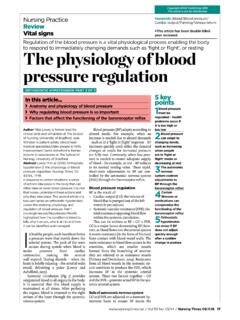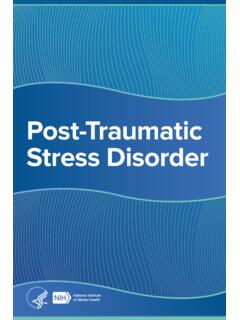Transcription of The U. S. Military Response to the 1960 - 1962 Berlin Crisis
1 1 The U. S. Military Response to the 1960 - 1962 Berlin Crisis Dr. Donald A. Carter The U. S. Army Center of Military History The election of a new president, John F. Kennedy, in November 1960 renewed the East-West tensions surrounding the city of Berlin that had simmered since the Allied occupation of Germany in 1945. Kennedy s first meeting with Soviet Premier Nikita S. Khrushchev in Vienna in June 1961 did nothing to diffuse the sense of confrontation. During their personal discussions, Khrushchev handed an aide-memoire to Kennedy that seemed to dare the president to oppose Soviet intentions. The missive accused the Federal Republic of Germany of cultivating saber-rattling militarism and of advocating revisions to the borders that had been established after World War II.
2 Only a permanent peace treaty that recognized the sovereignty of both East and West Germany, as they had evolved, would guarantee that they would not again threaten the European peace. The conclusion of a German peace treaty, the document went on, would also solve the problem of normalizing the situation in West Berlin by making the city a demilitarized free zone registered with the United Nations. Naturally, the memorandum concluded, any treaty, whether the United States signed it or not, would terminate Western occupation Khrushchev s Ultimatum On 4 June 1961, Kennedy met privately with Soviet Premier Nikita Khrushchev to make one last effort to impress upon the Soviet leader the importance the United States placed on its commitment to the people of West Berlin .
3 Khrushchev replied that he appreciated the frankness of Kennedy s remarks, but if the insisted on maintaining its presence in Berlin after a treaty was signed, the Soviet Union would have no choice but to assist the German Democratic Republic in defending its borders. His decision to sign the treaty, he added, was irrevocable. The Soviet Union would sign it in December if the United States refused an interim agreement. As he departed, Kennedy closed the conversation saying it would be a cold winter. 2 Immediately after the conclusion of the Vienna summit, in an unprecedented fireside chat on Soviet television, Khrushchev repeated his demands, telling his people that the Soviets would sign a peace treaty whether the West was ready to do so or not.
4 He added that the Soviet Union would oppose any and all violations of East Germany s sovereignty. The chairman of East Germany s council of state, Walter Ulbricht, also publicly warned the West to negotiate its use of access routes into Berlin with his country or risk interruptions. He made it clear that the Communists wanted the Western Allies out of Berlin so that the city would no longer be a lure to refugees from the President Kennedy and his Military advisers weighed their options in light of Khrushchev s increasing belligerence. Understanding that the Communists initial actions would include cutting off Western access to Berlin , the Joint Chiefs of Staff began refining contingency 2 plans for various Military probes of the main roadway into West Berlin , an autobahn that ran 105 miles to the city from the town of Helmstedt on the West German border.
5 Although they were prepared to mount an airlift similar to the one that had broken a Soviet blockade in 1949, they privately decried the lack of options available to them for dealing with the impending Crisis . They informed the president and Secretary of Defense Robert S. McNamara that the Allies lack of Military strength in Europe allowed only limited ground probes, which, if turned back by superior Communist forces, would result in a choice between accepting humiliation or initiating nuclear war. To keep that from happening, they urged the president to build up Military power in Europe and to encourage the North Atlantic Treaty Organization (NATO) allies to do the From Europe, the Supreme Allied Commander Europe [SACEUR], General Lauris Norstad, also lobbied for increasing the Military presence in the theater.
6 He praised the Seventh Army in Europe as the best peacetime force the United States had ever fielded and commended the dedication and commitment of NATO units, but he stressed the overwhelming number of Soviet tanks, aircraft, and men arrayed against those forces. He urged the president to call up additional reserve units and to deploy additional battle groups to Europe under the guise of training exercises. He also wanted the president and the Joint Chiefs to position additional naval and air forces where they could contribute to theater readiness, and he suggested that the Seventh Army should conduct more exercises that would require its divisions to move into their alert positions. Those steps, combined with an increase in Military strength in Europe, would give the United States greater freedom of action, the general said, and provide alternatives short of nuclear After several weeks of discussions with his cabinet, the National Security Council, the Joint Chiefs of Staff, and a variety of other advisers, the president made his decision.
7 At 2200 on 25 July, he addressed the nation on the situation in Berlin . After summarizing the course of events since his meeting with Khrushchev, he stated that the United States would never allow the Soviet Union to drive it out of Berlin , either gradually or by force. He then announced a series of steps that he was taking to increase Military readiness. First, he would ask Congress for an immediate additional appropriation of $ billion for the armed forces, about half of which would go to the procurement of conventional ammunition, weapons, and equipment. A request would then follow, Kennedy said, to augment the total authorized strength of the Army from 875,000 to 1 million men, and increase the Navy and Air Force active-duty strength by 29,000 and 63,000, respectively.
8 He also called for a doubling and tripling of draft calls in the coming months; the activation of some reservists and certain ready-reserve units; and the extension of tours of duty for soldiers, sailors, and airmen scheduled to leave the service in the near future. Finally, the president postponed programs to retire or mothball older ships and aircraft and delayed the deactivation of a number of B 47 bomber and aerial refueling wings. Shortly thereafter, Secretary of Defense McNamara announced that 50 percent of the Strategic Air Command s bomber wings would be placed on 15-minute ground alert and that three of the Army s divisions in the United States would be relieved of training duties and prepared for emergency deployment to 3 The Wall Meanwhile, the situation continued to deteriorate.
9 Soviet and East German soldiers increased their harassment of vehicles and troop trains trying to enter the city, and Soviet authorities periodically renewed attempts to conduct unauthorized inspections of Allied vehicles as they crossed checkpoints into and out of Berlin . The Soviets also tried to institute new restrictions on flights approaching the city while allowing their fighters to buzz Allied aircraft flying through approved access corridors. In May 1960, Soviet fighter aircraft forced down an American C 47 transport that had strayed off-course on a flight from Copenhagen to Hamburg. Although the plane and its crew were released a few days later, the incident heightened the tension for pilots flying the Berlin routes.
10 Border officials slowed barge traffic, as well, by implementing new inspections and In Response , the two battle groups of the Army s 6th Infantry that made up the bulk of the garrison in West Berlin increased their tempo of training and placed additional emphasis on riot-control drills and combat operations in the city. West Berlin s expansive Grunewald Park, the only open space in the sector where units could train, hosted a series of exercises where the troops tested their readiness to attack and defend. Companies donned civilian clothing and acted as rioters to test the ability of their compatriots to maintain order in the face of Communist-inspired civil disturbances. In some cases, commanders went out of their way to ensure that the Soviets knew exactly what they were doing.


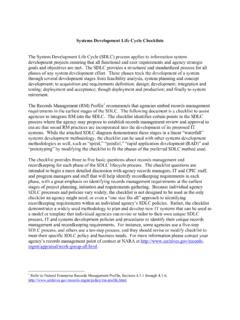
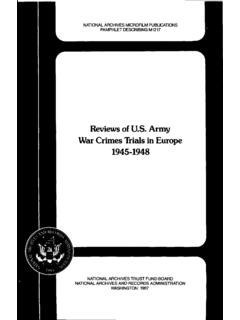

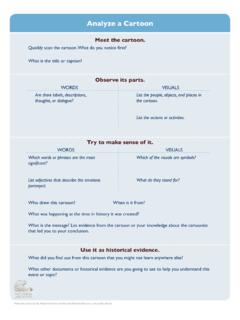





![[Module 1] How the Flight, Fight, Freeze Response works …](/cache/preview/3/2/0/e/3/f/7/2/thumb-320e3f723e8c6a3e92966e3715965cd0.jpg)
